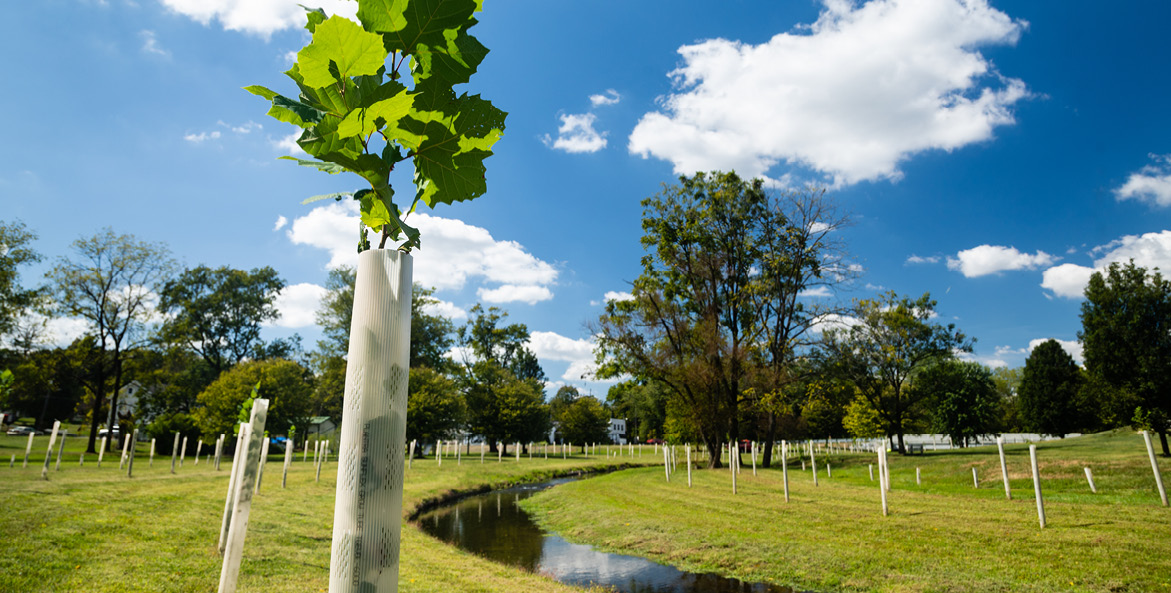The Chesapeake Bay is the nation's largest estuary, its beauty and abundant resources attracting human settlements for more than 10,000 years, with increasingly dramatic impacts. Over time, the Bay has lost half of its forested shoreline and more than half its wetlands. And its oyster population and underwater grasses are tiny fractions of their historical abundance. Across the watershed, approximately 5 million acres of once-untouched land were developed by 2021, 12.5 percent of land in the watershed. In addition, agriculture accounted for 9.7 million acres, or 24 percent [Data Source: National Land Cover Dataset, 2021].
Development has continued across Pennsylvania, Maryland, and Virginia at a rate between 20,00 to 40,000 acres per year. As a result, the health and resilience of the Bay is in peril. Although we will never return to the level of abundance experienced prior to colonization and development, CBF is fighting to return this fragile ecosystem to balance.
Restoring Healthy Soils
CBF works one-on-one with farmers to implement regenerative agriculture practices that keep valuable nutrients and soil on the land—rather than in the water. These practices, which include rotational grazing, planting cover crops, and planting streamside buffers, also help improve farms' resilience to climate change and support vibrant agricultural economies that allow thousands of farms across the watershed to survive and thrive. Learn how regenerative agriculture practices are helping local farmers succeed.
Planting Trees on Farms, Along Streams, and in Urban Communities
Trees provide countless environmental, health, and economic benefits. At a time when the Chesapeake Bay watershed is struggling to meet water quality goals, planting trees remains one of the most successful and cost-effective solutions to reducing polluted runoff and cleaning local waterways. Through our tree planting initiatives, CBF staff and volunteers work directly with landowners and community groups to plant trees along rivers, streams, and shorelines, as well as in urban neighborhoods.
Forested stream buffers cool streams (important for sensitive fish and other aquatic species), improve water quality, stabilize stream banks against erosion, and provide critical habitat for wildlife. Planting trees also reduces the effects of climate change.
Many urban areas suffer from inequities in tree canopy caused by poor urban planning and historic racially motivated housing discrimination. Urban trees help reduce dangerous heat islands. They combat flooding, help reduce crime rates, and improve air quality. Here are just a few stories of how urban restoration is helping communities in Baltimore, West Philadelphia, and Richmond.
Restoring Native Oysters
Native oysters filter pollutants out of the Bay and their reefs provide crucial habitat for fish, crabs, and other Bay species. To reverse centuries of pollution, overharvesting, and disease that left oyster populations at a fraction of their historic levels, CBF restoration teams, volunteers, and partners raise juvenile oysters and work from the bottom up to rebuild reef habitat in targeted restoration areas. Learn more about our oyster restoration work in Maryland and Virginia.
Protecting Our Waterfront
Another form of restoration that protects water quality is the living shoreline. CBF works with landowners to create living shorelines along river and Bay waterfront using native wetland plants and grasses. This not only prevents erosion, it combats the impact of climate change, captures sediment, restores habitat, and filters pollution.
From Our Blog
-
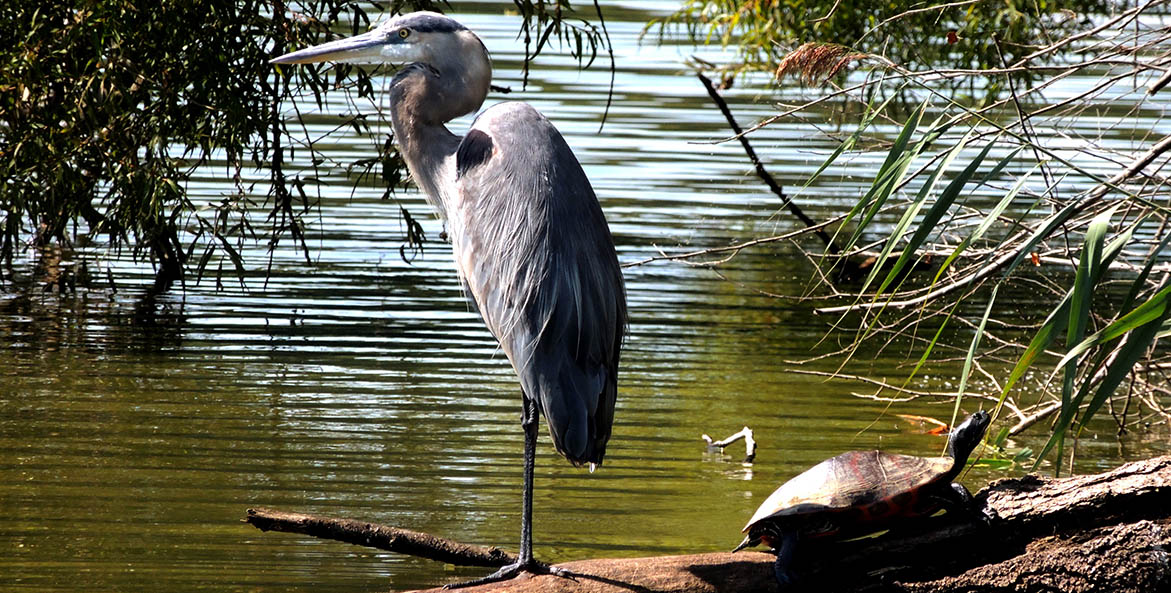
Delaware Wins with Chesapeake Bay Restoration
January 17, 2025
We urge Meyer and his administration to be strong leaders for clean water and committed Bay restoration partners.
-
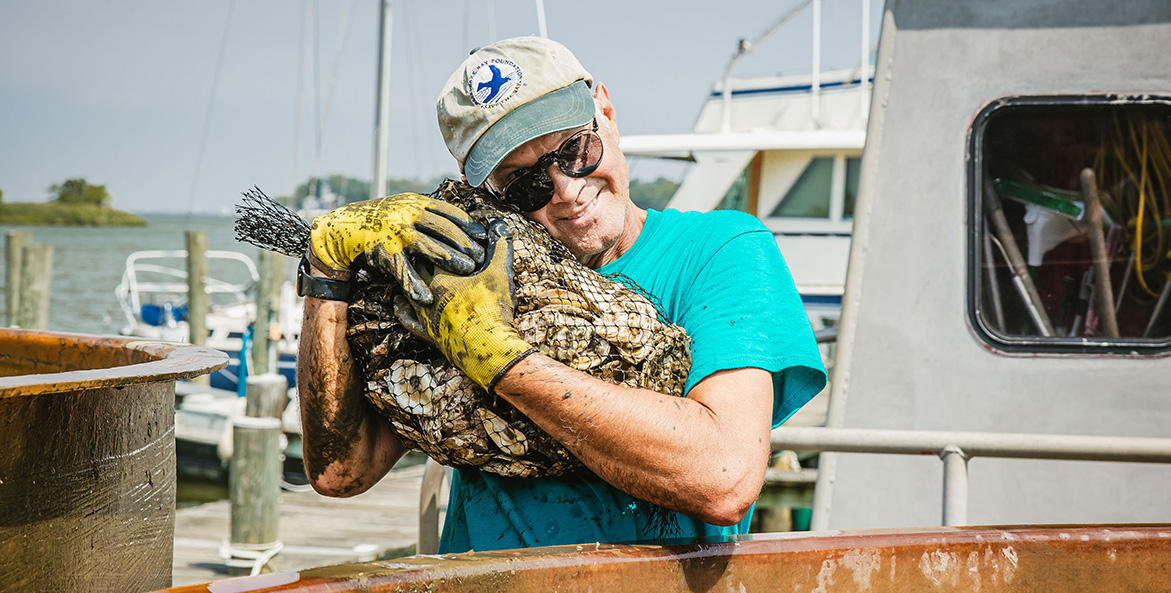
All for an Oyster
September 18, 2024
This past year, CBF and our partners added millions of baby oysters into Chesapeake Bay waters. Take a look into their journey. You may be surprised the lengths we’ll go to, all for an oyster.
-
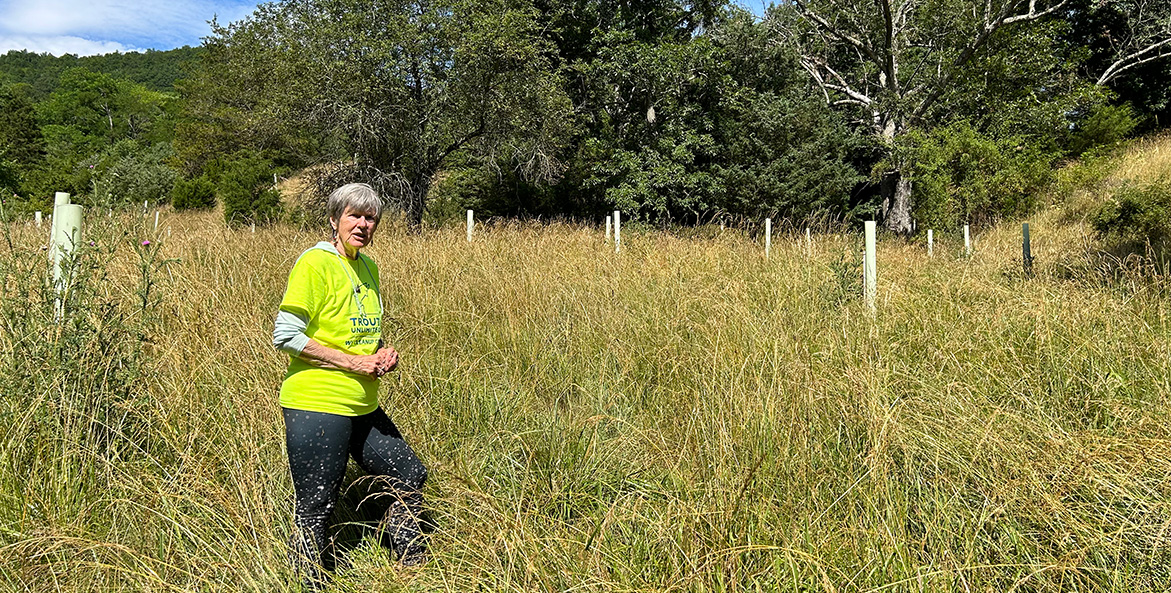
Keeping West Virginia's Water Wild, Woolly, and Wonderful
August 15, 2024
A West Virginia couple's dedication to protecting the headwaters of the Lost River and reforesting part of their farm are helping downstream brook trout and improving water quality from the headwaters of the Potomac River to the Chesapeake Bay.
-
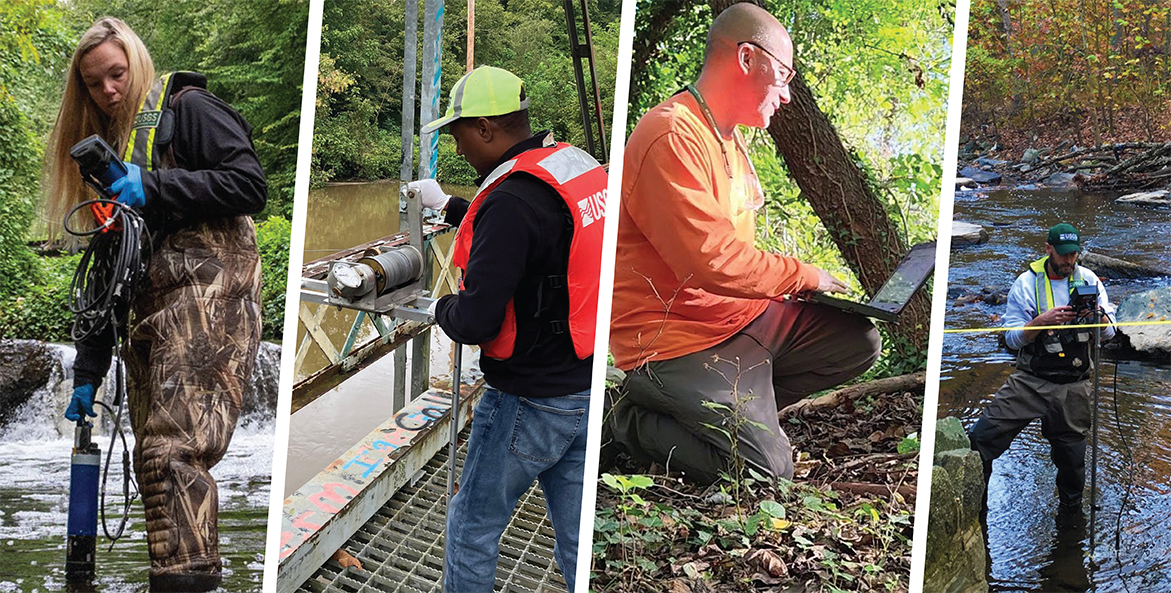
Portrait of a Watershed
May 20, 2024
At any given moment, a seemingly endless number of variables are interacting across our 64,000-square-mile watershed. Scientists and researchers use two primary tools to paint a picture of the Bay, its rivers and streams, and the progress being made to restore them.
-
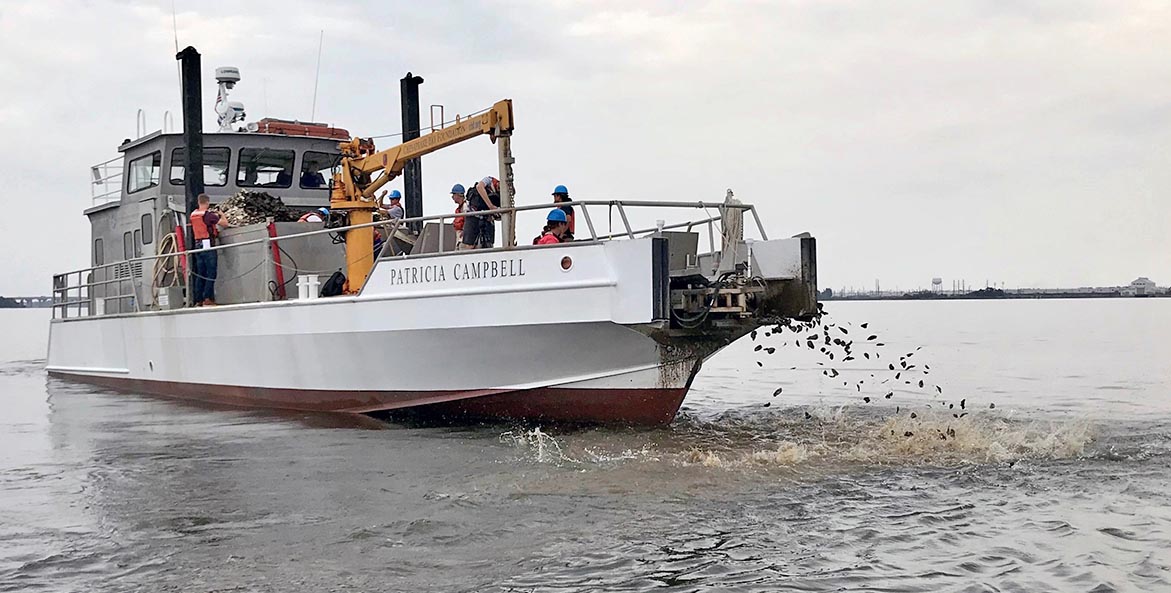
Oyster Reef Thrives Below Abandoned Harbor Fort
May 4, 2024
Even in what might seem like the unlikeliest of places, oysters have proven themselves resilient and will help us grow a better future.
-
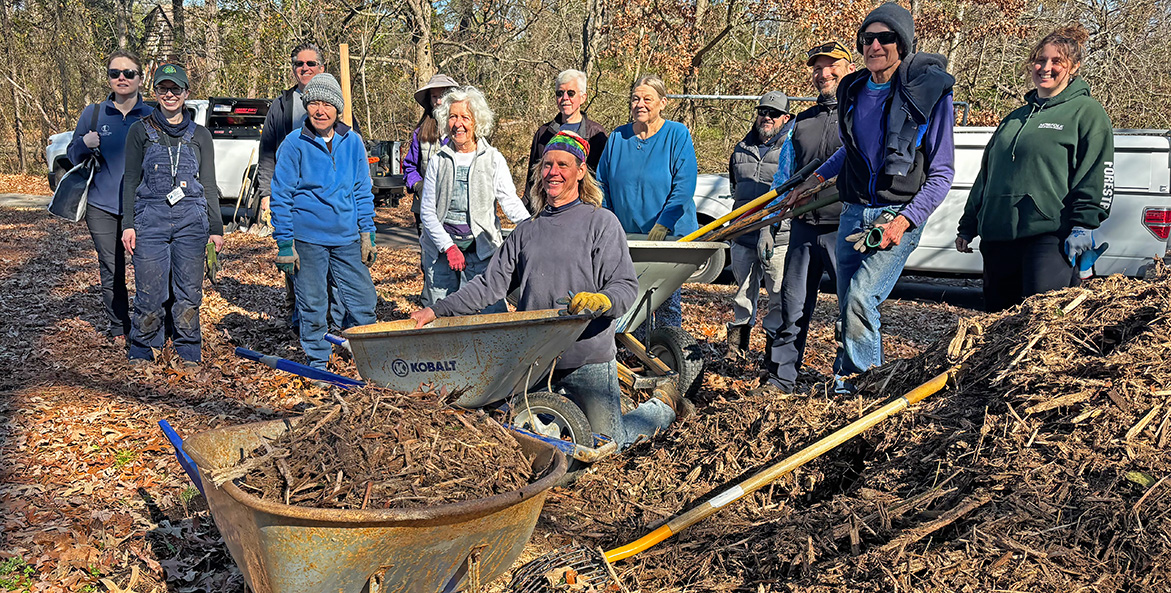
In Virginia, Hope Grows on Trees
February 21, 2024
Virginia’s trees are disappearing. A tree planting in Norfolk—and conservation efforts from state lawmakers—offer signs of hope.
-
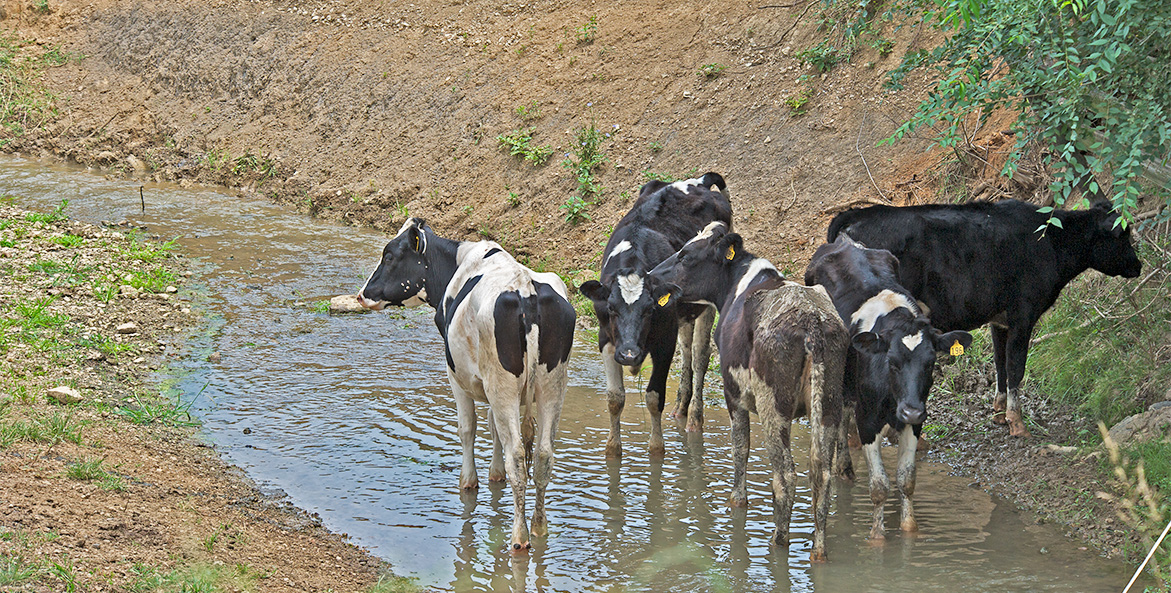
Let's Pay Farmers for Outcomes That Restore Virginia Rivers, Streams, and the Chesapeake Bay
December 29, 2023
To create healthier rivers and streams for future generations Virginia legislators could launch a new pilot program that pays farmers based on how much cleaner they leave nearby waterways.
| Items 1 - 7 of 20 | 1 | 2 | 3 | Next |

